removing our lawn- critique our technique
lynne3450
12 years ago
Related Stories

FRONT YARD IDEASBefore and After: Front Lawn to Prairie Garden
How they did it: Homeowners create a plan, stick to it and keep the neighbors (and wildlife) in mind
Full Story
LANDSCAPE DESIGNGet Along With Less Lawn — Ideas to Save Water and Effort
Ditch the mower and lower your water bill while creating a feast for the eyes with diverse plantings and gathering places
Full Story
EARTH DAYThe Case for Losing the Traditional Lawn
Work less, help the environment and foster connections by just saying no to typical turf
Full Story
GREAT HOME PROJECTSHow to Replace Your Lawn With a Garden
New project for a new year: Lose the turfgrass for energy savings, wildlife friendliness and lower maintenance
Full Story
GARDENING GUIDESHow to Prep Your Ground for a Healthy New Lawn
Seed or sod that falls on weedy, lumpy soil is a wasted effort. Follow these steps to ensure that your new lawn will thrive
Full Story
SAVING WATERXeriscape Gardens: How to Get a Beautiful Landscape With Less Water
Conserve water and make gardening much easier with the xeriscape approach’s 7 principles
Full Story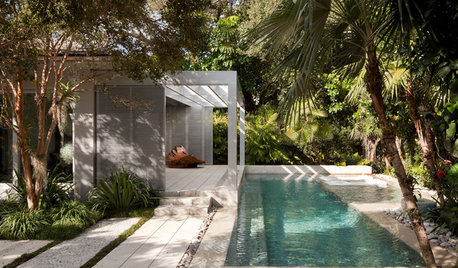
LANDSCAPE DESIGNElements of Modernist Landscapes, Classic and New
Can a garden be modernist without the lawn and glass-walled views from indoors? See which midcentury principles still work for today
Full Story
EDIBLE GARDENSNatural Ways to Get Rid of Weeds in Your Garden
Use these techniques to help prevent the spread of weeds and to learn about your soil
Full Story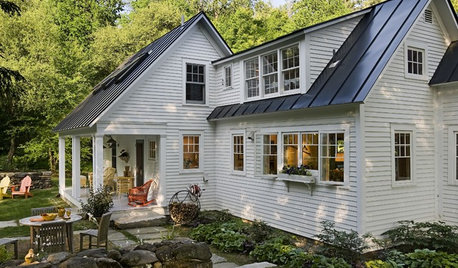
DESIGN PRACTICEContracting Practice: Marketing Your Business
To keep those projects rolling in, combine old-school techniques with the latest in high-tech networking
Full Story
LANDSCAPE DESIGNHow to Move Water Through Your Landscape
Swales, underground pipes or a mix of both: There’s more than one way to distribute water in the garden
Full Story





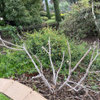
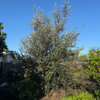
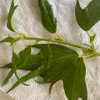
bahia
lynne3450Original Author
Related Professionals
Belmont Landscape Architects & Landscape Designers · Richmond Heights Landscape Architects & Landscape Designers · Brookfield Landscape Contractors · Burlington Landscape Contractors · Chattanooga Landscape Contractors · Concord Landscape Contractors · Florham Park Landscape Contractors · Glendale Heights Landscape Contractors · Mesa Landscape Contractors · Salem Landscape Contractors · Shenandoah Landscape Contractors · Jacksonville Window Contractors · Artesia Window Contractors · Hudson Window Contractors · Suitland Window Contractorscalistoga_al ca 15 usda 9
hosenemesis
bahia
jakkom
lgteacher
hoovb zone 9 sunset 23
napapen
hoosierquilt USDA 10A Sunset 23 Vista CA
lynne3450Original Author
socal23
pbsjones
lynne3450Original Author
socal23
hoovb zone 9 sunset 23
dicot
socal23